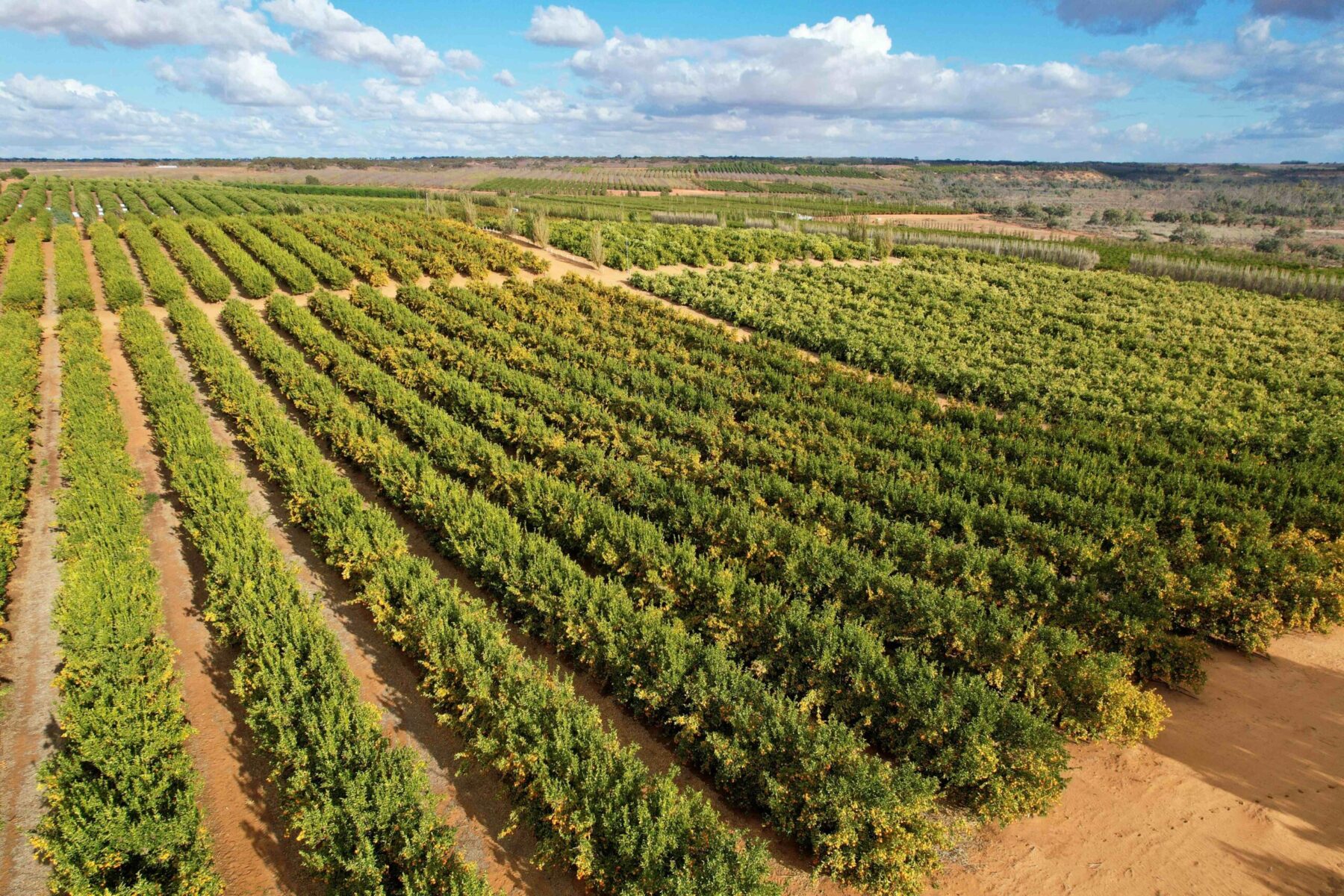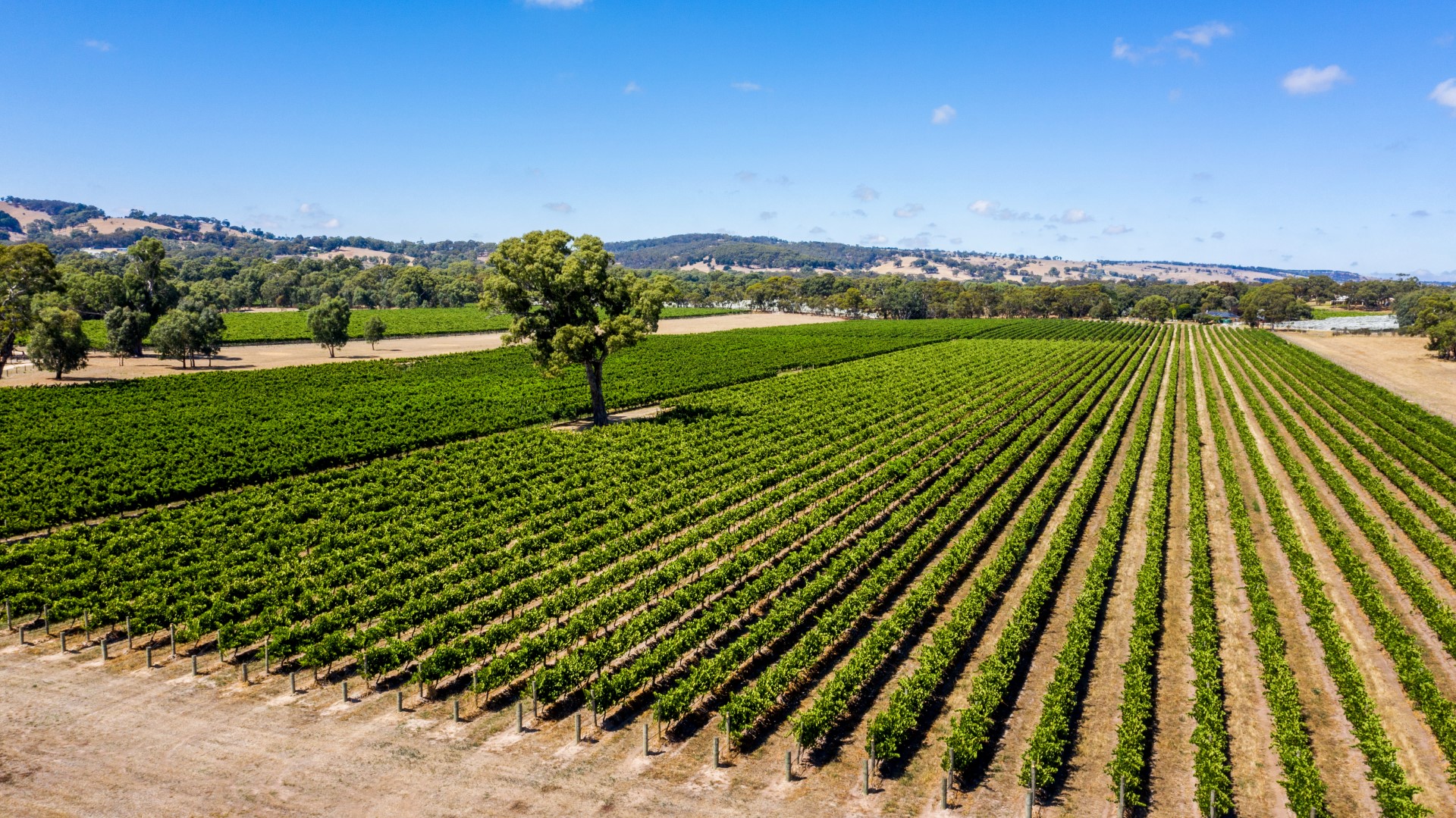Cooling trend in rural property continues during the second quarter of 2024
24 October 2024
The Elders National Rural Property Indicator (RPI) declined for a second successive quarter by 2 per cent (pc) to sit at $10,186/ha at the end of the second quarter of 2024, still 5pc above the same time last year. Prices have fallen slightly below trendline growth as the sector consolidates after several years of solid gains.
The key drivers of rural property values remained mixed during the quarter, showing:
- livestock values and grain prices rallied but wool prices fell
- seasonal conditions were excellent in the north, good in the west but poor in the south
- confidence was low across the rural sector
- farming terms of trade were steady
- farm balance sheets weakened
- access to debt funding fell
The catalyst for the falls in the National Indicator was a decline in prices across Victoria/Tasmania (VIC/TAS) where the State Indicator fell another 8pc on top of a 15pc fall in the first quarter of 2024.
In contrast, prices in most other states were firm to moderately higher led by the South Australia (SA) and Queensland/Northern Territory (QLD/NT) markets. Prices in SA recovered after falling in successive quarters since peaking in Q3 2023.
Both the number of sales and value traded rebounded nationally by 10pc and 15pc respectively, with better activity in northern markets more than offsetting a decline in activity across Victoria/Tasmania (VIC/TAS). During the quarter, 1,442 rural properties transacted for a sales value of $3.175 billion, still well off the levels of the buoyant markets in 2021 and 2022.
Mark Barber, General Manager Farmland Agency and Water said, “There was considerable variability in the number of properties sold across the country with Victoria well down quarter on quarter and year on year while in both NSW and Queensland turnover has increased substantially. Given the low liquidity the results in Victoria and Tasmania must be treated with some caution.”
“Despite some weakness in the sector, looking ahead, demand for rural property remains strong across all segments of the market,” he said.
“Family farms are competing strongly for properties that have strategic value for their current enterprises, with consideration for location, scale, climate diversity and supply chain compatibility. Corporate and institutional investors are continuing to raise capital with several significant investment managers reaching funding milestones.”
Richard Koch, Business Intelligence Analyst said “The variability in both value and volume indicators across the country is largely due to differences in regional seasonal conditions. In the south, we have seen some continued softening and dry conditions. In northern areas, seasonal conditions have been strong which is supporting property prices.”
For this edition of the Elders Rural Property Update we have introduced a set of contemporary or leading indicators based on real estate website sale listings. Working with Proptrak, a company specialising in property market insights, we are now tracking real-time listing information on properties that meet our criteria to be classified as rural, allowing us to better understand current market conditions.
To read the Rural Property Update in full visit the Elders website.



